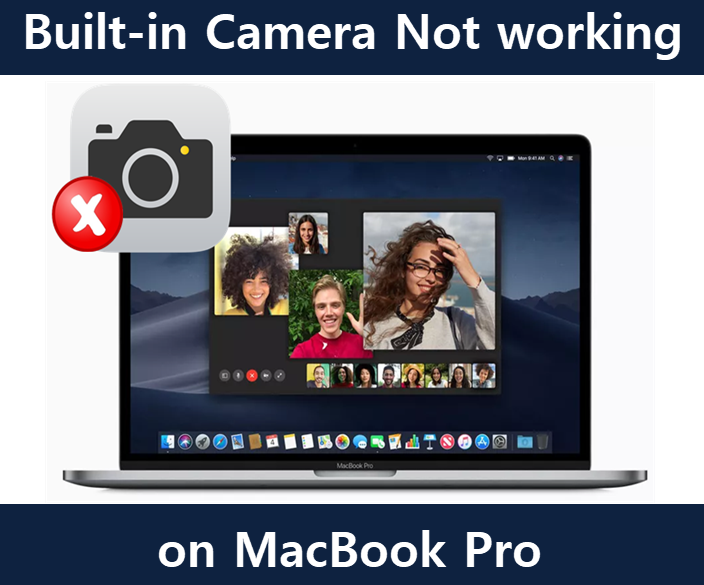
Actually, you've shown that the adapter can work with a different display so maybe the problem is the HDMi part of the signal. An HDMI repeater won't help if the problem is between the M1 Mac and the adapter. If a device is not directly connected when the computer starts up, Windows 7 will not recognize the device. Switching the Resolution selector in the System Preferences probably made macOS rescan the connection and remember the updated DisplayPort 1.2 capability. Maybe a Thunderbolt dock or USB dock can help with that. It says: While it starts up, Windows 7 scans and activates devices connected directly to the Thunderbolt port. I have to unplug the cable and plug it back in and then bang on the space bar repeatedly for the Mac to detect the monitor via. What I believe might have happened is, that when I had first connected the display, it was still set to DisplayPort 1.1, and I assume my Mac remembered this. HDMI connection is not recognized after the Mac goes to sleep. After that, even re-selecting "Scaled" keeps my monitor at 4k60Hz. The original setting was:Īnd this setting delivered Choosing "Default for display" changed it to 60Hz. The second point, however, is a bit weird. The first point is pretty obvious, given that DisplayPort 1.1 only supports 30Hz for 4k. Choose "Resolution: Default for display" in my Mac's System Preferences/Displays.

Enable DisplayPort version 1.2 in the monitor's menu.On my Philips 328P6V monitor, using a USB-C to DisplayPort cable with my MacBook Pro (15 inch model from 2019 with Radeon Pro 560X), I first was stuck at and couldn't get (even though the cable supports it).


 0 kommentar(er)
0 kommentar(er)
